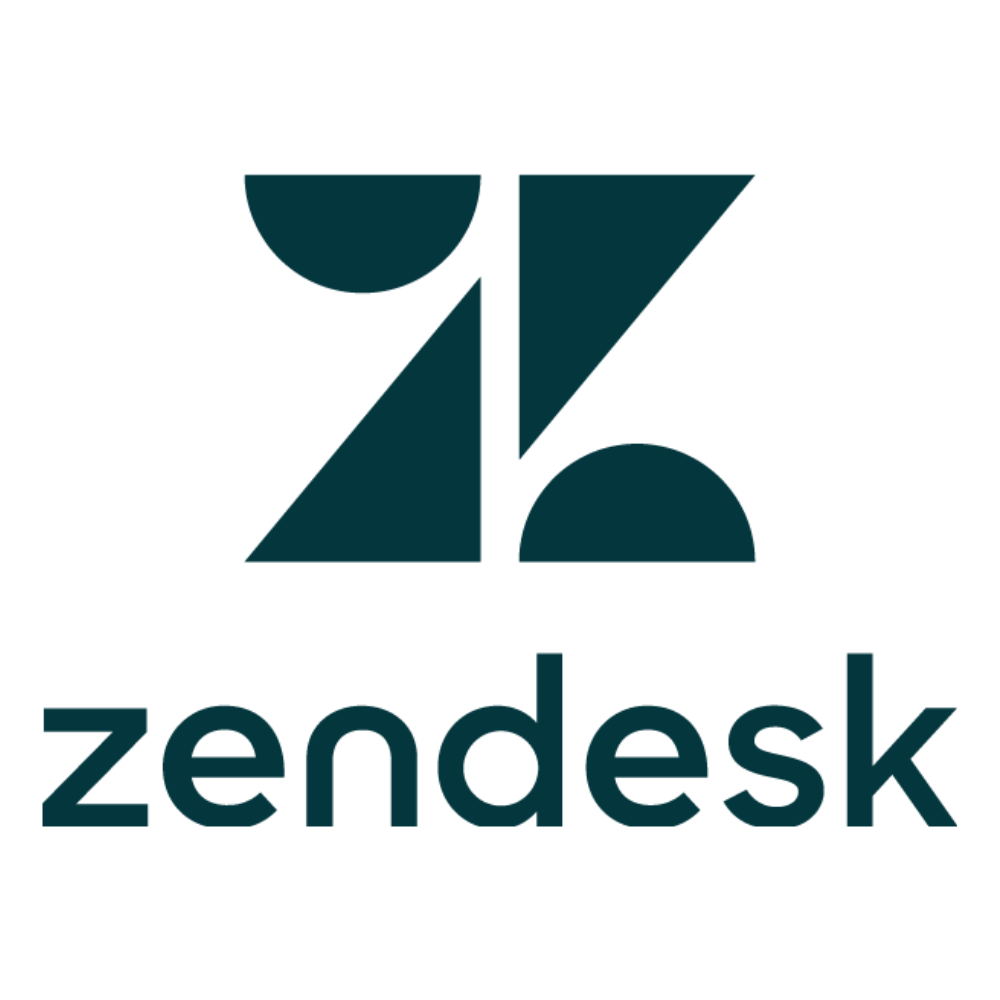 The California Consumer Privacy Act (CCPA) was created to protect the online information of California residents and the broader internet community.
The California Consumer Privacy Act (CCPA) was created to protect the online information of California residents and the broader internet community.
Many businesses are finding out that it impacts their own operations, whether or not their headquarters are in California. In fact, VirtualPBX has its headquarters in San Jose, so we’ve had an up-front look at the CCPA requirements, which in part require the use of a toll-free number for customer contact.
Of course we know all about providing toll-free phone numbers. Now beyond their normal use, we’ll explain here why a phone number is now necessary for any business doing significant business with California locals.
Applicability of the CCPA
The CCPA requires that any business which does business with California residents – and meets at least one of the three conditions here – complies with regulations laid out in the CCPA text:
- Has an annual gross revenue of $25 million or more
- Obtains the personal information of 50,000 or more California residents, households, or devices every year
- Has 50% of its revenue come from the sale of California residents’ personal information
There are exclusions to this list and other extenuating circumstances that can be found in a comprehensive article at SixFifty that talks about the requirements businesses must meet for their websites and contact capabilities under the new law.
Website and Toll-Free Phone Number
Businesses that meet those conditions must provide a number of protections for the consumers who interact with them.
First, the CCPA requires that businesses provide a link on their websites that says “Do Not Sell My Personal Information”. The link must take website visitors to a separate page that lets them opt out of the sale of their personal information.
This function lies at the heart of what the CCPA tries to achieve. Its goal is to protect consumers from the unwanted processing of their personal information. It tries to turn a largely invisible market (the sale of personal information) into a visible one where individuals have control over their personal lives.
Also in line with that goal is the CCPA requirement that businesses must also provide two methods of contact for submitting personal information requests. Consumers will have the option to visit a business’s website or reach a mailing address to obtain information that the business has collected about them. They will also have a toll-free number to call to find such information.
Within these links, businesses must provide consumers with information that California residents are allowed to refuse the sale of their personal information. Consumers have the right, at any time, to opt out or opt in, and businesses will be unable to sell an individual’s personal information if that person has opted out of the process.
Managing Your Own Toll-Free Number
How are businesses best able to manage their toll-free numbers in compliance with the law? At least one phone number comes with every VirtualPBX Phone Plan, and there are a number of ways, once a toll-free number is set up, that it can be tracked and utilized within a business’s phone system.
Smart Call Routing
Perhaps the most important part of handling inbound calls related to a specific issue is routing them appropriately.
With our Automated Attendant and use of individual phone extensions or Ring Groups, inbound calls can be sent to the proper company personnel.
You can dedicate a single receptionist or an entire department to answering calls related to CCPA concerns. A message of “Dial 3 for CCPA Information” can be easily added to your Auto Attendant, and that option can send the caller to any individual or group that’s best able to answer the call.
Advanced Reporting
 Calls directed to a specific phone number can be tracked with Advanced Call Reports.
Calls directed to a specific phone number can be tracked with Advanced Call Reports.
Reports can be generated to list information about a caller’s area code, call duration, and agent statistics like time-to-answer. Filters make it easy to sort by a single phone number – the number associated with the CCPA guidelines – and Schedules let reports be sent to a recipient’s email inbox daily, weekly, or monthly.
Regarding CCPA requests, you can use Advanced Call Reports to track how many inbound calls have been made to your company about that issue. You can also track whether or not these particular calls were answered or if they went to voicemail. These types of calls are unique, so you may find that it’s necessary to increase your agent count or adjust your calling hours to meet the call demands that Advanced Call Reports reveals.
Phone Number Prepend
Another more basic method of tracking inbound calls is through phone number prepends.
In short, phone number prepends work by allowing you to attach a phrase to the beginning of a caller ID. If a caller’s ID is the phone number 1-800-123-4567, your prepend of “CCPA” would allow that identification to become “CCPA 1-800-123-4567”.
Your employees will be able to see the caller ID as it appears with the prepend attached. Therefore, they can anticipate what CCPA-related calls will be like when this information shows up on their screens. The accurate prepend, for CCPA and many other issues, helps agents not be caught by surprise, which can make for much smoother conversations with customers.
Although simpler than what’s achieved with Advanced Reporting, this method of tracking calls can also be helpful when sorting through call logs. Your call log data can be easily annotated with “CCPA” to show when calls to your toll-free number have occurred and the volume in which you see these types of requests.
Phone System Integrations
 Integrations with third-party software such as Zapier additionally offer a great way of alerting your team to inbound CCPA-related calls.
Integrations with third-party software such as Zapier additionally offer a great way of alerting your team to inbound CCPA-related calls.
We offer a number of Zapier templates that are easily attached to your phone plan. One such template connects inbound calls to Slack where you’re able to create notifications that tell you an inbound call has occurred.
You can have Zapier analyze the phone number of all inbound calls. If there’s a match for your toll-free number, it can send a message to your Slack channels that a customer has reached out.
In the same Zapier automation, you can also save those inbound calls to a spreadsheet, such as in Google Docs, to provide an automatically generated log of all CCPA calls. In this way, you can create your own reports without having to establish any prepends or get involved with Advanced Call Reporting.
How Will You Manage CCPA?
No matter the manner in which you decide to handle the CCPA regulations, its requirements could affect your business in meaningful ways. Be sure to check out the SixFifty article linked above, and refer to the CCPA Compliance Checklist to see how your business is impacted by the law.
VirtualPBX offers a number of phone plans that cater to the needs of any size organization. Contact us today to start a conversation about which plan fits you best and how we can easily offer you a toll-free phone number for the purpose of handling CCPA requests. We’re happy to hear from you.







